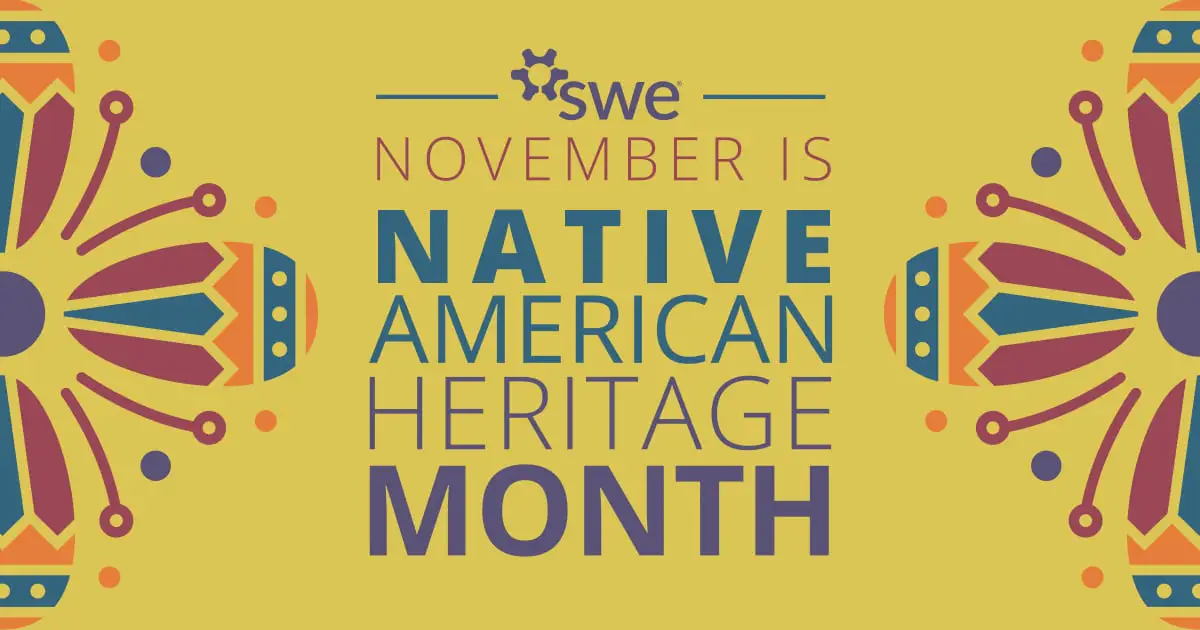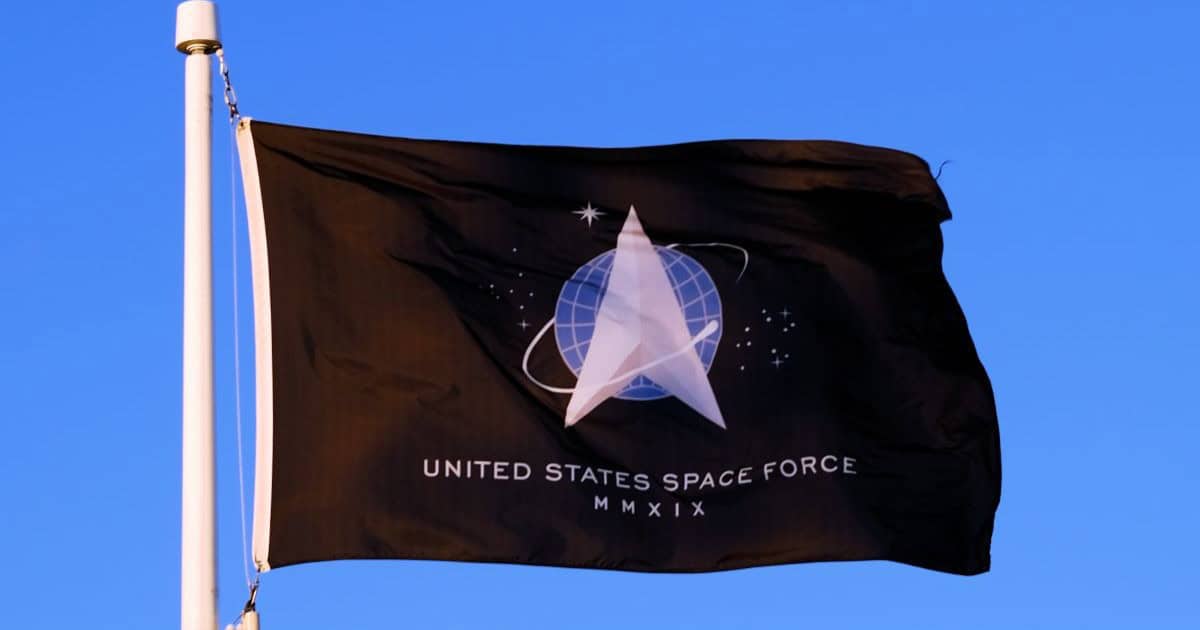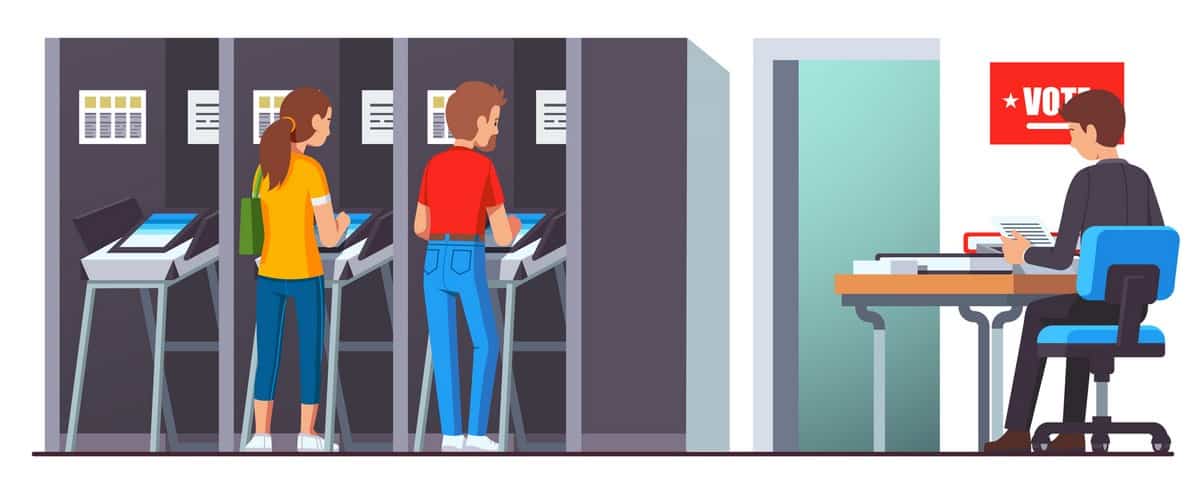Donations Make us online
Cisco gave me a chair once.
It wasn’t just me, you understand – they handed one out to every person that attended their analyst event, at their UK offices at Bedfont Lakes. It was a lovely chair – one of those collapsible ones you might want to take camping, but this one had an extra feature – a detachable footrest, so you could sit and watch the sunset in luxury. It was blue, and the firm, yet comfortable head cushion had the Cisco logo emblazoned across it. I knew, wherever I might travel, that Cisco would have my back, or at least my neck, fully supported.
As said chair was thrust into my arms by a cheery analyst relations professional, I couldn’t help feeling slightly sorry for those analysts who had not arrived at the event by car. Some would be braving public transport to get back to their London-centric bases; others would be on trains or even planes to voyage home. Glancing around me, I saw the faces of several, somewhat flummoxed analysts. It was a really nice chair, but it did come with… ramifications? And might it have been expensive?
It’s likely that some in the room would have been party to the 3Com GPS debacle of a year or so before. 3Com was being re-booted under new management, and its analyst relations program kick-started with a big budget and a desire to impress. Analysts, including myself, were sent a snazzy Garmin GPS device, with a caption along the lines of “we’re finding our direction.” The campaign backfired as many analysts, including myself, felt the expensive gadget crossed the line. We cannot be bought off with a shiny thing! came the feedback. For the record, I gave mine to a local scout troop.
Reflecting on these memories, I can’t help wondering why vendors give things to analysts in the first place. I can think of several very good reasons, not least that branded swag (as it’s called on the tech conference circuit, also variously freebies and gizzits) serves a solid, general purpose – in a market that is a maelstrom of competing brands, how better to maintain a presence than with a pair of brightly coloured, belogoed socks (I am a sucker for these), or a handy bag for all your cables (thank you, Red Hat)?
At analyst events, swag has an additional purpose. People want it, you see – despite millennia of evolution, we can’t escape our inner, bird-brained desire to accumulate shiny things. Seasoned AR pros know the best way to get analysts to fill in a feedback form at the end of an event, is to have a row of white cardboard boxes behind the desk: even the most cynical of industry pundits will be spotted, lined up at the counter with their filled-in forms, then fumbling at the box with all the excitement of a kid at a lucky dip. A USB cup warmer, you say? Cool!
Even with such, rational (albeit awkward) reasons to deliver branded paraphernalia into the hands of usually sage industry influencers, there has to be a line. I’ve not been present at AR pro meetings, but I can imagine the “What did you give them?” topic has come up. From the analyst perspective, swag handouts can feel a bit like party bags: anyone with kids will know the angst that goes into what to give the kids that deign to turn up to your little munchkin’s birthday event. What starts with a pencil and a lollypop can turn into an all-out war between over-competitive parents looking to show just how good they are at not ignoring their offspring.
In my experience, every now and then the party bags would see a reset, returning to pencils and lollipops and a collective sigh of relief from all involved (all apart from the kids, who won’t hold back on the “what the heck is this” in the car on the way home – they get used to it). Similarly the golden rule with swag is to always make sure it stays on the side of fun and fitness for purpose – a thank you for attending, a coax for feedback, a simple way to keep front of mind.
Even cost can become less relevant, if the cost has purpose. I have accepted a Dell PDA from Dell, and an Amazon Echo from AWS for example, knowing that I will then use the things and see whether the vendors were talking sense. Software vendors might struggle with this, but when I think about it, I don’t know why software licenses or service packages aren’t on the figurative table. And for analysts, I’d share another golden rule: if you’re feeling uncomfortable about talking about an expensive vendor ‘gift’ publicly, then you should ask yourself why – and possibly give it back.
All in all a little bit of thought, including adding to skips full of broken electronics and plastic mountains, can go a long way. (I am immediately reminded of a towel from Hewlett Packard, emblazoned with the words, “The next e: e-Services.” That was a great towel, so good that it outlasted e-Services, and indeed HP’s entire software division.)
Perhaps, most of all, the one thing we can see in swag is that it is a necessarily small token of gratitude. The analyst industry is built on relationships: less an exclusive club, and more an ecosystem of evaluators. As analysts we recognise that we are enabled to connect with technology vendors so that we can correctly represent the market: this is not a right, but a most welcome facet of the otherwise complex and fast-moving industry within which we work. Similarly I hope vendors, and their analyst relations teams, recognise the challenge to analysts as they look to keep abreast of it all: spending half a day or more at an event is both necessary and challenging, given the sheer volume of change.
So, let’s be glad of what we have – relationships – and if AR teams choose to mark them in some way, that should be fine. Perhaps the point is not to worry about spending too much: it’s the thought that matters far more. The chair didn’t last forever, by the way, but we did get a good few years out of it, taking turns to lift our feet and stare at the sunset. Whilst I can’t honestly say it did anything to change my views on Cisco (which were generally reasonable), I do still have fond memories of the AR team that made it possible.
Source link






Leave a Reply